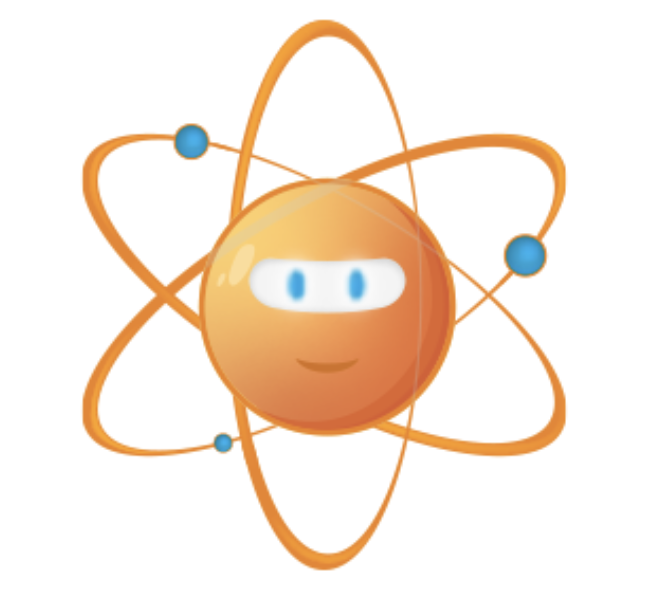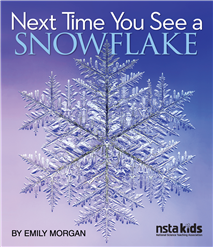All Phenomena resources
Journal Article
This phenomenon-driven unit focuses on students making sense of the mutually beneficial species interactions between legumes and rhizobia. Many science classes spend less time studying the nitrogen cycle due to time constraints and more focus on othe...
By Kerrie Rovito, Lara Smetana, Michael Grillo, Alyssa Hoffman, Sydney DelGhingaro
NSTA Kids
Click here to view video of Next Time You See a Snowflake This book will have you seeing snowflakes in a whole new way. You’ll learn about the science of snowflakes – how they form, why they are six-sided, what conditions are necessary for the...
Reports Article
Freebies and Opportunities for Science and STEM Teachers, October 22, 2024
By Debra Shapiro
Journal Article
This paper discusses two teachers’ experiences implementing a phenomenon and problem-driven curriculum for the first time in two kindergarten classes. It describes how teachers shifted their teaching to support students’ collaborative sensemaking...
By Mary Short, Nancy Costanzo, Allison Fleming
Journal Article
Making Space for Local Science: Strategies for teachers to find and adapt phenomena in science units
This article discusses strategies for teachers to find and use local phenomena in designed science units. The Next Generation Science Standards promote grounding learning in observable phenomena that students investigate using science practices. Howe...
By Katahdin A Whitt, Becky Hallowell
Journal Article
The emperor penguin is one of the most identifiable animals on earth. Its survival depends on a variety of factors, such as temperature and other environmental elements. In order to engage fifth-grade students in exploring the captivating phenomenon ...
By Robyn Yewell, Ron Gray
Journal Article
Q: How can I address science misconceptions using phenomena-driven instruction?
Q: How can I address science misconceptions using phenomena-driven instruction?...
By Matthew Bobrowsky
Journal Article
Integrating engineering into the science curriculum in a meaningful way requires planning that utilizes a 3-dimensional approach. Using a “gather, reason, communicate” framework (Moulding, Huff, Van der Veen, 2020) provided me with an effective ...
By Katheryn Kennedy
Journal Article
For preservice K–5 teachers, understanding how to implement phenomenon-based learning in an elementary classroom is an important skill, particularly as it relates to integrating the Next Generation Science Standards. This article presents one way t...
By Steph Dean
Journal Article
In this article, we describe how we use classroom phenomena to help fifth grade students develop testable questions and productive investigations. Engaging students in observing and seeking to explain a classroom decomposition chamber has helped them...
By Eve Manz, Annabel Stoler, Lorin Federico, Samantha Patton, Lindsay Weaver, Genelle Diaz Silveira, Souhaila Nassar
Journal Article
Phenomena Interest Comes Naturally to Young Children
A child’s world is one filled with observable daily events or facts referred to as phenomenon that exist or happen, especially those that invoke a cause or explanation in question. From the earliest ages, young children are active learners explorin...
By Shelly Counsell
Journal Article
Patterns are Everywhere: Exploring the schoolyard to facilitate thinking about science phenomena
After realizing the difficulty educators face with integrating the crosscutting concepts (CCCs) from the Next Generation Science Standards into their lessons and noticing missed opportunities for caregivers to engage children in scientific thinking, ...
By Brandon Davis, Ingrid Carter, Lisa Dispense
Journal Article
Scope on the Skies regular column. An SEL-based look at comets, their impact on society, and how they are named....
By Bob Riddle




